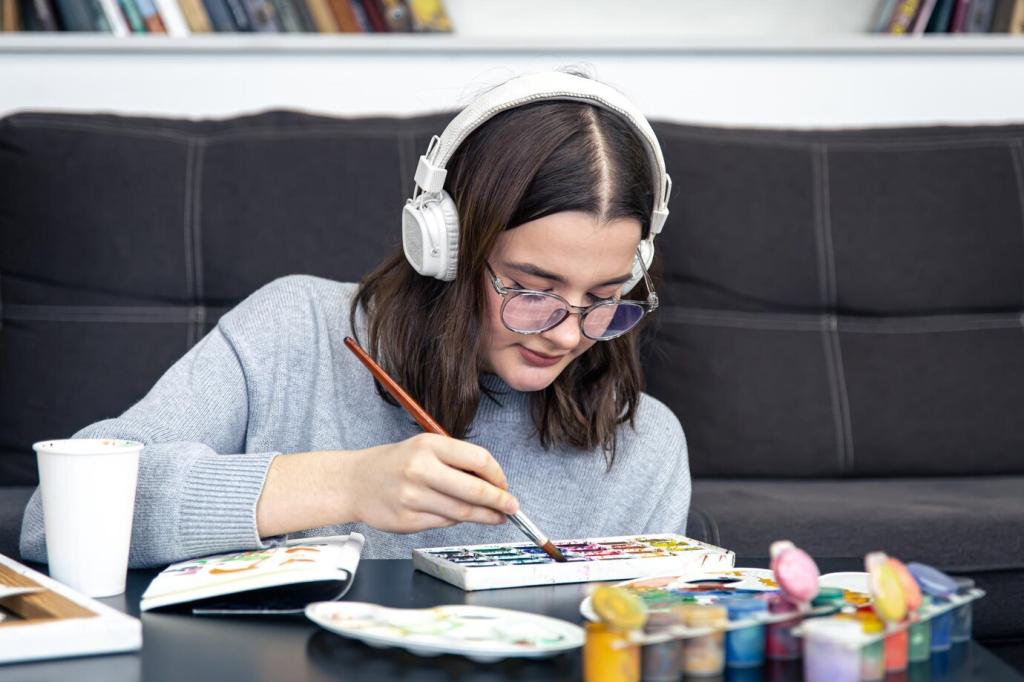Leading Lines and the City’s Geometry
Crosswalk stripes, curb edges, and tram tracks can act like arrows pointing toward your subject. Position yourself so these lines converge convincingly, inviting viewers into the frame while reinforcing direction, depth, and a sense of purposeful movement across the scene.
Leading Lines and the City’s Geometry
Diagonal lines inject energy and tension into urban compositions. Let building edges slice across the frame, pulling attention toward a vanishing point. Balance this excitement with a primary subject near that convergence, so the viewer’s journey feels guided rather than chaotic.


